Facelift Cost in Korea: More Than Just the Price Tag
2025-04-22
Many people consider a facelift to improve deep nasolabial folds or sagging cheeks. Naturally, the first question is often about face lift cost.
But while cost is important, isn’t it even more critical to ensure a safe procedure and successful recovery?
In this article, we’ll explain what a face lift is, how to avoid common face lifts complications, and what contributes to a truly satisfying result—based on real cases.
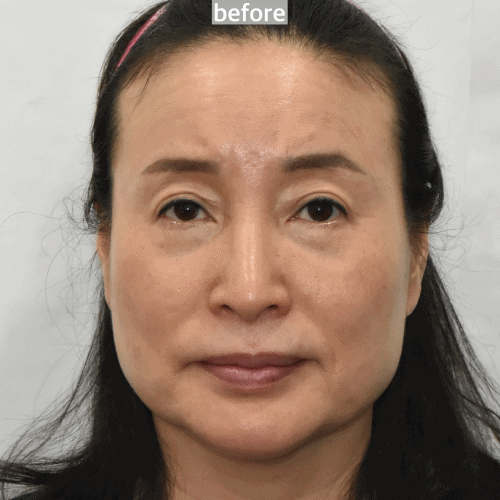
What Is a Rhytidectomy
Rhytidectomy surgery, commonly referred to as a facelift, lifts sagging skin and underlying tissues in the face and neck to restore a more youthful contour.
Who is a candidate?
• Visible sagging due to aging
• Deep facial wrinkles
• Poor skin elasticity
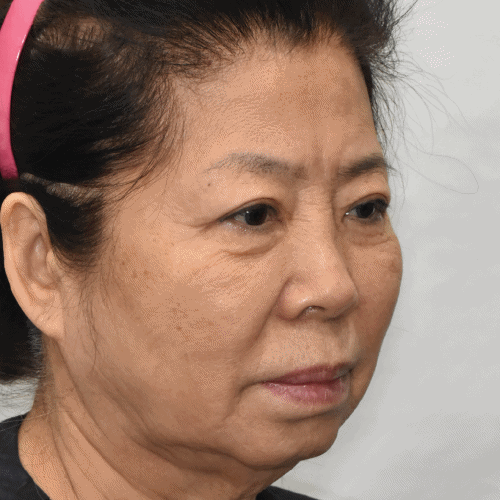
Key effects:
• Improves nasolabial folds
• Refines jawline
• Reduces jowls and neck sagging
Surgical principle:
• Tightens both the skin and SMAS (muscle layer) for natural, long-lasting results
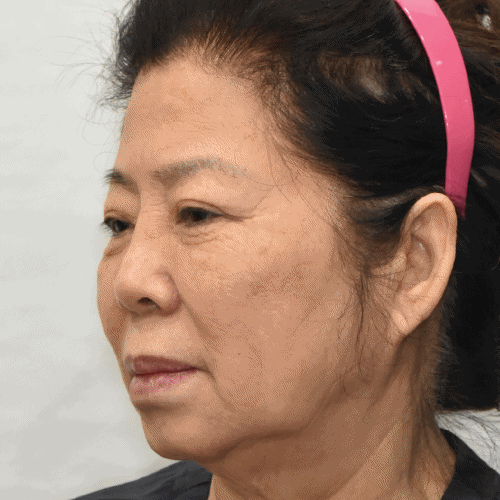
Facelift Side Effects and How to Avoid Them
Hematoma – The Most Common Complication
A hematoma is a collection of blood under the skin due to ruptured blood vessels.
Studies show an incidence of 1.8%–9%.

✅ How to prevent it:
• Stop smoking and control blood pressure pre-op
• Gentle surgical technique and precise hemostasis
• Use of surgical drains to prevent fluid accumulation
If hematoma occurs, prompt drainage prevents it from affecting the final result—especially in the hands of an experienced plastic surgeon.
Visible or Thick Scars
Over-tightening the skin can lead to hypertrophic scars.
We often see patients who had a mini facelift elsewhere and now seek scar revision.



✅ How to prevent it:
• Place incisions discreetly behind the tragus and ear
• Balance skin tension during closure
• Post-op scar care: laser, steroid injections, topical treatments
Hairline Distortion and Sideburn Loss
Improper incision design can cause visible scars or loss of sideburns (face lift sideburns).


This patient came to Noonopi for hyperbaric oxygen therapy after a poorly placed incision by unknown surgeon.
Although HBOT wasn’t necessary in this case, her sideburn had been cut unnaturally short.
✅ How to prevent it:
• Tailor the incision to the amount of skin sagging
• Design incisions that preserve natural hairline and sideburns

Pixie Ear and Attached Earlobe Deformity
Pixie ear
It refers to downward-pulled earlobes due to excessive skin tension.

She underwent three times of face-lift. Noonopi re-do 4th rhytidectomy and corrected the earlobe shape.
Attached earlobe
This is a milder form where the earlobe appears fused to the cheek.

A natural earlobe has a defined angle between point S (bottom of the lobe) and point O (where the ear meets the cheek).

S and O point should not overlap—otherwise, the ear appears abnormal.
In addition, according to Loeb’s dangle angle, the earlobe should tilt about 15 degrees backward, so its direction is slightly different from the main axis of the ear

If the patient is born with attached earlobe, Noonopi recommend to correct it during the rhytidectomy procedure.

Below case is where Dr. Park reshaped the earlobes in early post-op period into a more aesthetically pleasing form.

✅ How to prevent it:
• Lift both skin and SMAS layers in separate
• Consider earlobe angle during incision design
• Add earlobe reshaping surgery if needed
Tragus Deformity (Chopped-Off Tragus)

The tragus is the cartilage flap in front of the ear canal.
Cutting in front of the tragus(pre-tragal incision) makes surgery easier but can leave visible linear scars (blue arrow) or keloid-like hypertrophy (red arrow).

Properly done, the incision should be hidden behind the tragus. But if done incorrectly, retro-tragal incision can cause chopped-off tragus.

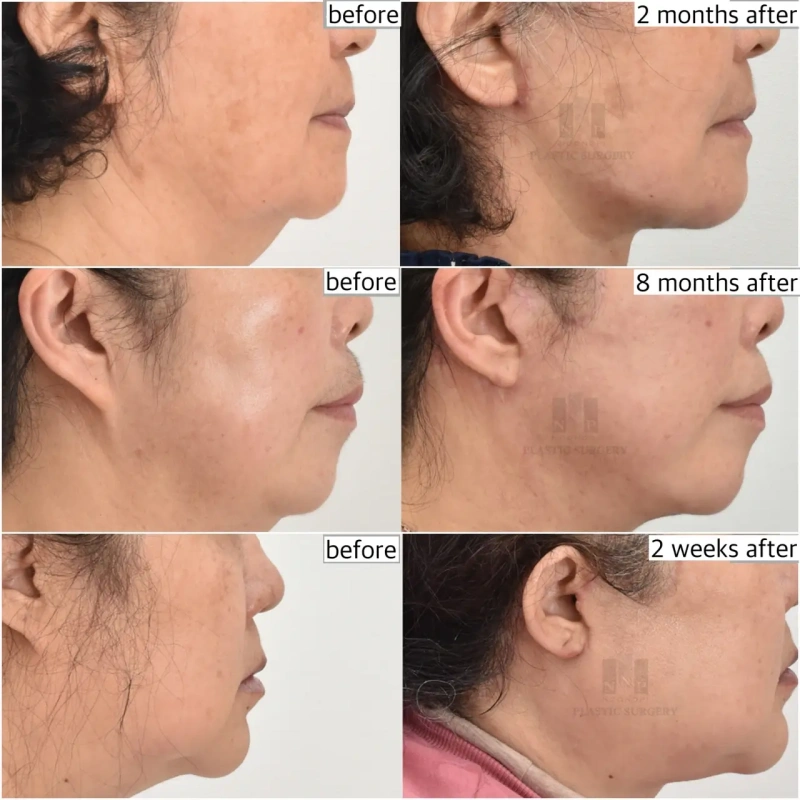
Skin Necrosis
Lack of blood supply after surgery can cause skin death (necrosis).
🎥 Watch: Hyperbaric Oxygen Therapy in Seoul
✅ How to prevent it:
• Quit smoking (at least 4 weeks prior)
• Avoid recent thread lift, Ultherapy, or Thermage
• Use hyperbaric oxygen therapy to promote blood circulation
Facial Nerve Injury and Asymmetry
If nerves are injured, it can cause asymmetry in facial expression, especially while smiling.
✅ How to prevent it:
• Use nerve monitoring tools during surgery
• Avoid excessive tissue dissection
• Choose a board-certified and experienced plastic surgeon
Why Facelift Cost Shouldn’t Be the Only Factor
The average rhytidectomy cost in Korea ranges from $6,000 to $13,000, but the actual cost can vary significantly depending on the surgeon’s expertise.
When choosing a surgeon, price matters—but not as much as:
✅ Surgeon’s experience and credentials
✅ Safety of the operating facility
✅ Customized surgical planning
✅ Comprehensive post-op care and support
Choosing based on face lift cost alone may lead to disappointing results or complications.
Rhytidectomy Results at Noonopi Plastic Surgery

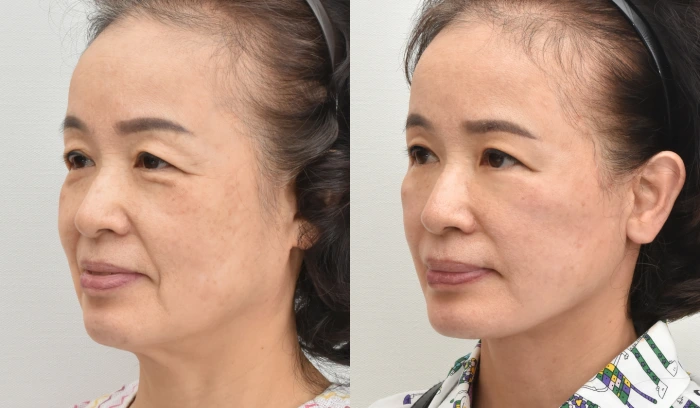
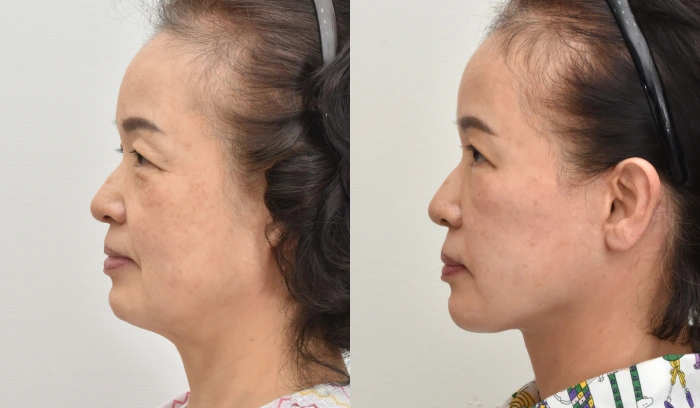
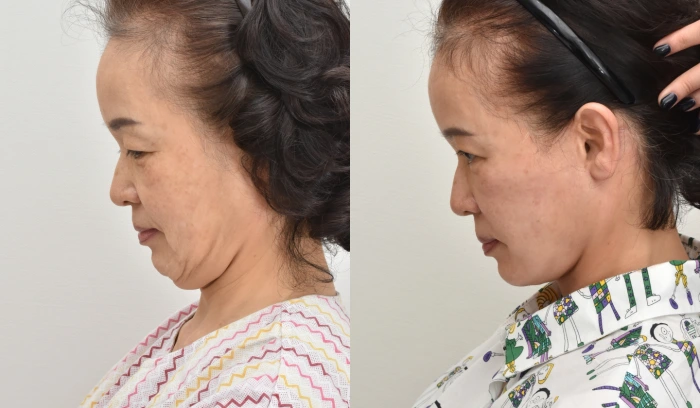
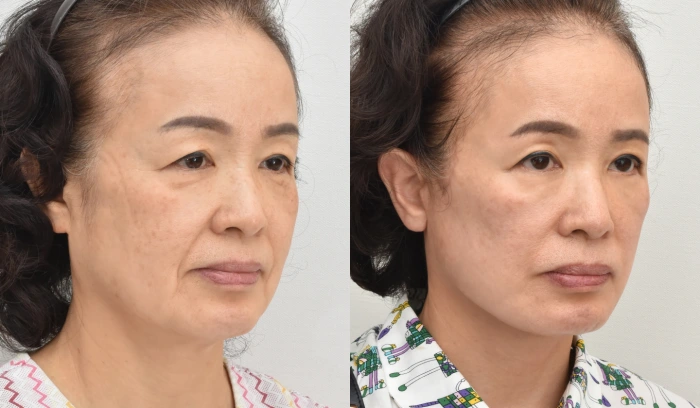
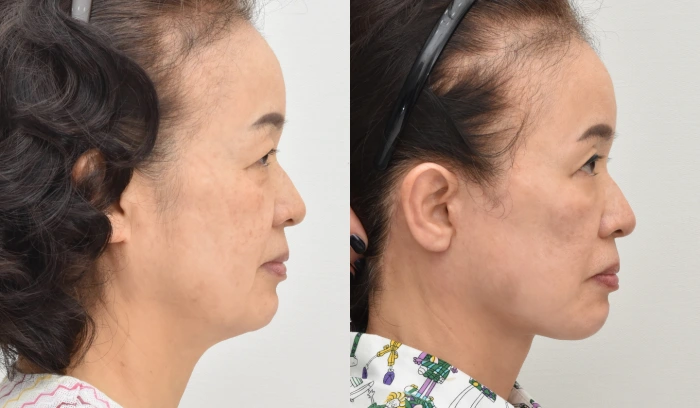
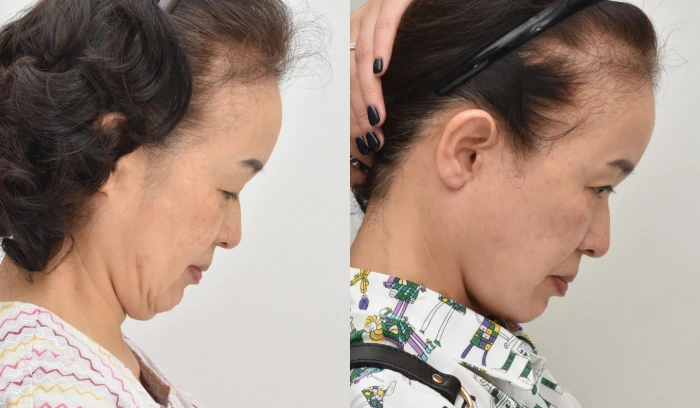





A rhytidectomy is one of the most effective anti-aging surgeries.
But to avoid complications and achieve the best result, you must consult a skilled, experienced surgeon.
At Noonopi Plastic Surgery, we focus on:
• Meticulous incision design to prevent hairline distortion
• Gentle dual-layer dissection (High SMAS technique) for longer-lasting results
• Concealed scarring and preservation or reshaping of the natural earlobe contour
• Faster recovery supported by hyperbaric oxygen therapy
Have more questions?
📲 feel free to reach out via 🔗WhatsApp
Noonopi Plastic Surgery | Dr. NK Park
This blog post is for educational purposes only.
All treatments carry individual risks and individual results may vary.
Please consult with a certified professional.

